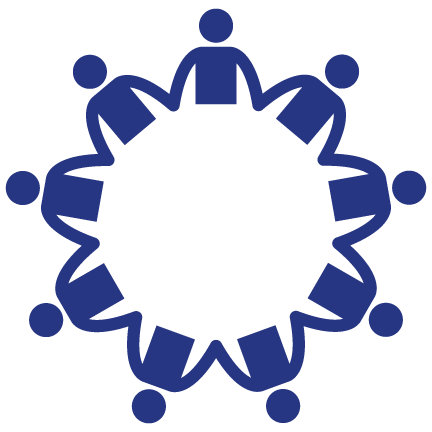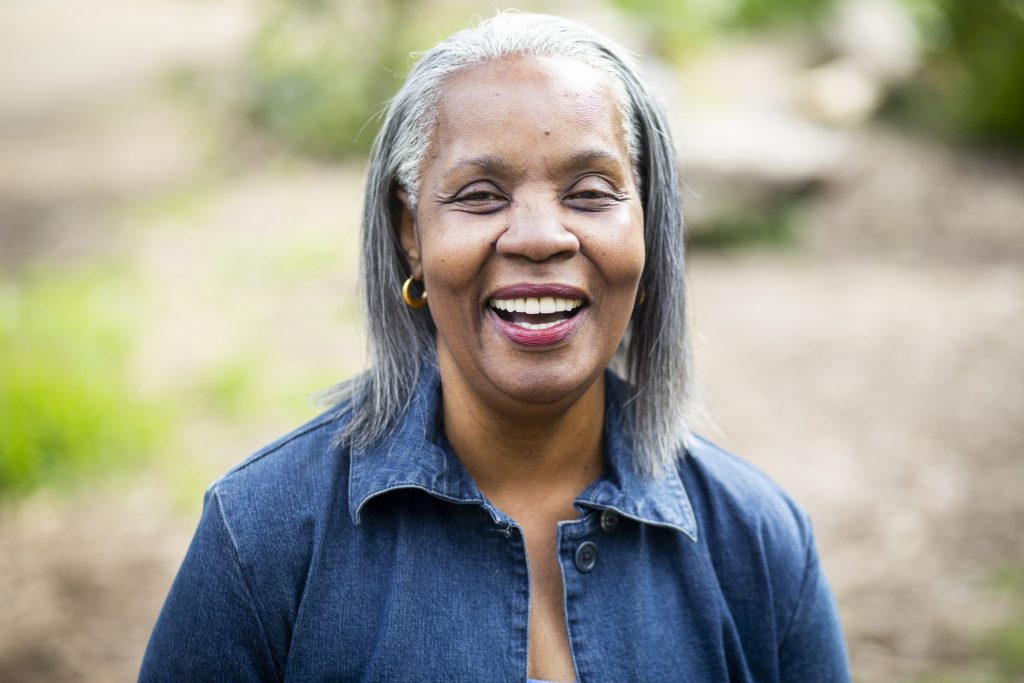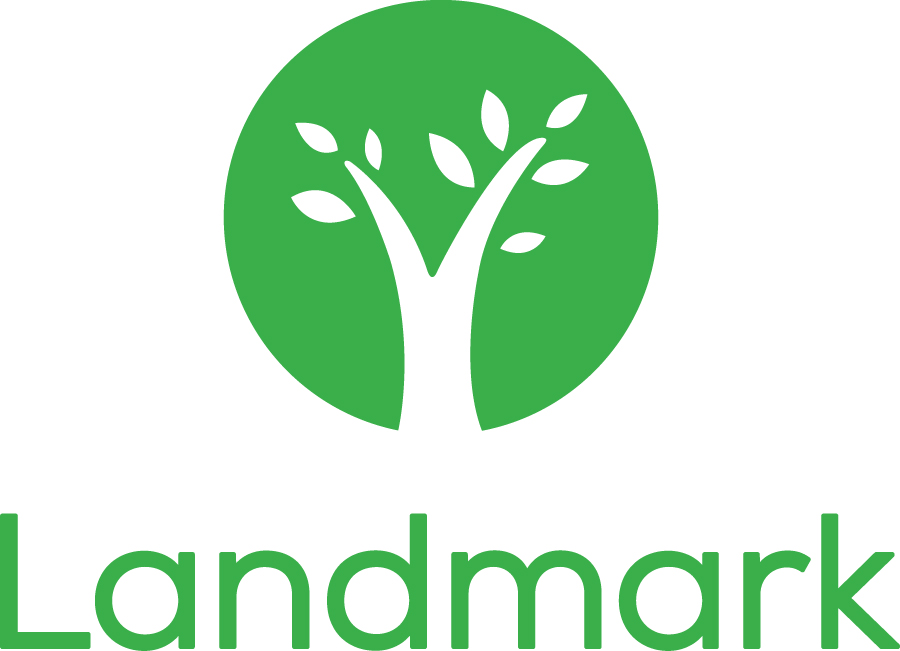
Blog post
Prioritizing Mental Health as a Universal Human Right
By: Neltada Charlemagne, DNP, APRN, PMHNP-BC, PHN, BHC
#NationalOsteoporosisAwarenessAndPrevention
Osteoporosis is a bone condition (skeletal disease) where bone mass and bone structure changes cause the bones to weaken over time. This weakening can make the bones more likely to break. Osteoporosis often goes undiagnosed. According to the National Osteoporosis Foundation, osteoporosis will cause a broken bone for approximately one in two women over age 50. (1)
Did you know…
A woman’s risk of breaking a hip is the same as her risk of breast, ovarian, and uterine cancer combined. (1)
When women reach menopause, the decrease in estrogen causes bone loss. For post-menopausal women who have already experienced certain types of broken bones, the importance of actively managing your osteoporosis can be even higher.

1. Get your bone density tested.
When you reach menopause, it is important to determine your baseline bone density. The higher your bone density is at the beginning of menopause, the lower your risk of osteoporosis. In the first seven years after menopause, is possible for some women to quickly lose up to 20% of bone density. This rapid bone density loss indicates an increased risk for osteoporosis. (1)
A bone density test uses an X-ray densitometry (DXA) machine to accurately measure bone mass and bone mineral density. A densitometric test is a good predictor of osteoporotic fracture risk when used along with a clinical exam and evaluation.
2. Understand your risk.
For example, if you have a history of broken bones, long-term use of corticosteroids, advanced age, deformity of your spine, or loss of height, you may be at higher risk of osteoporosis.
Other risk factors include:
• Age over 65 years
• Family history of osteoporosis
• Inadequate calcium intake
• Smoking
• Alcohol abuse
• Previous bone fractures
• Immobility
• Presence of certain other chronic conditions
• Fall risk from environment, dementia, visual disorders etc.
3. Talk to your doctor about possible medications to lower your risk.
For example, for some women, estrogen therapy or hormone therapy can help prevent bone loss. Your provider can help advise you on what might work for you. Not all women can take estrogen therapy or hormone therapy.
Osteoporosis can affect almost any area of the skeleton, but most serious affects tend to be seen in the spine and the hip. Fractures as a result of a fall is the most frequent cause associated with breaks of bones such as the thigh bone and hip bone. (2)
References:
1. https://www.ncbi.nlm.nih.gov/pmc/articles/PMC6329834/
2. https://www.nof.org/preventing-fractures/general-facts/what-women-need-to-know/

By: Neltada Charlemagne, DNP, APRN, PMHNP-BC, PHN, BHC

Older adults can safeguard themselves from the physical, mental and emotional toll of unexpected medical costs.

Optum Care Network – Monarch has teamed up with Landmark to deliver in-home medical care to members with multiple chronic conditions.